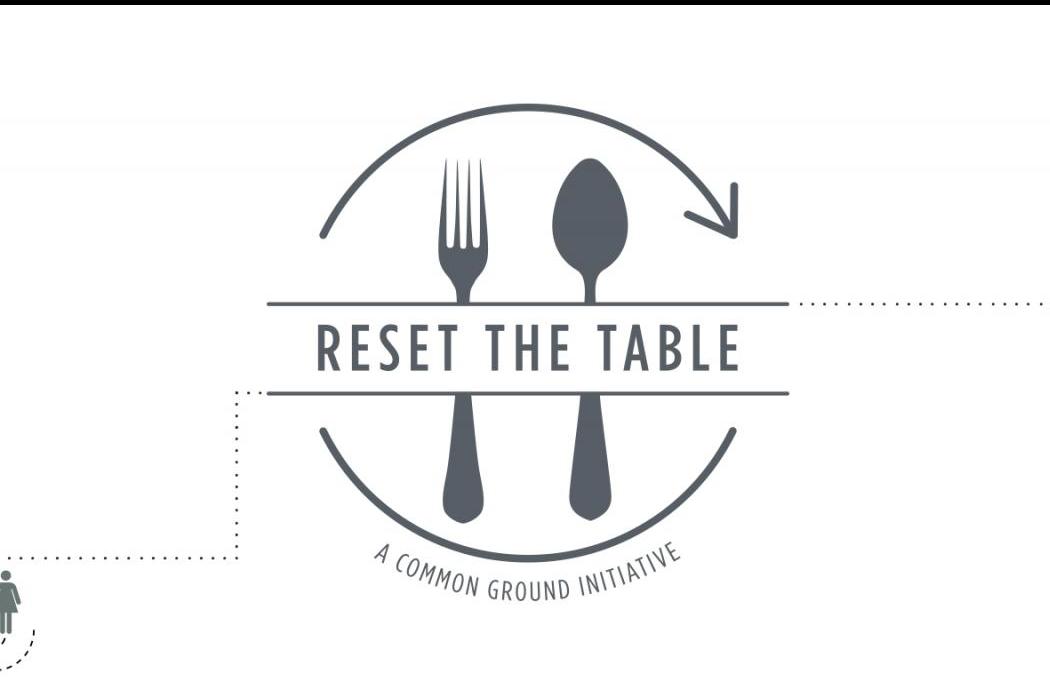
Loans for Education, Grants, and Subventions
Loans for Education, Grants, and Subventions
Contributors
SDG
About the Initiative
Many options are available if you're looking for a way to help your child get an education. Loans and grants are just two of them.
A loan is a form of financial aid you must repay with interest. You can usually only apply for loans once, so if you've already taken out a loan, don't take another one until you've paid off the first one.
Student loans are a big part of the American educational experience. But you probably don't know everything there is to know about student loans, so we've put together this quick guide to help you understand them a little better.
First, what are student loans? Student loans are loans you take out to pay for your education after high school or college, or even just to pay for courses at a community college. You can get them from the government, from private lenders like banks or credit unions, or from direct lenders.
Student loans usually have fixed interest rates, which means they stay the same for the life of the loan. But they also have set repayment periods (typically 10–30 years). The monthly payments will be lower than if you had a variable rate loan because they're based on your income and family size and won't go up over time, but they might start higher than a variable rate loan when you first got it!
How do student loans work?
Student loans are paid back over time through monthly payments that begin after graduation or when you drop below half-time enrollment at an institution of higher learning (typically six hours per semester). After your last payment, you will only have to start making payments on your student loan once your school has received all funds from the lender. It means any interest that accrued during this period will be added to your balance at once.
The great thing about student loans is that they're flexible enough to fit into almost any kind of budget: if you don't think you'll be able to pay off all of your debt right away, then don't worry! You can always choose a longer repayment term.
There are two main types of student loans: federal and private student loans. The government makes federal student loans, so they don't require credit checks or proof of income. On the other hand, private student loans require credit checks and proof of income. Unfortunately, they also typically have higher interest rates than federal student loans. Still, they may be easier to get if you have bad credit or can't afford other financing options like scholarships or grants.
Grants: A grant is a money you don't have to pay back, but there's no guarantee that you will get one. You might also have to fill out an application and provide proof of income or other information.
Subventions: Subventions are similar to grants because they don't require repayment. However, they're typically given by the government instead of an organization like a university or private donor.
Education is a right and a privilege. It should be accessible to everyone, regardless of their financial situation.
That's why we believe so strongly in making education affordable to everyone. We want you to be able to get the education you deserve without having to worry about how you're going to pay for it. That's why we offer loans and grants for students looking for ways to fund their education.
We understand that being able to afford college can be stressful—even if you do have your sights set on a degree, there are so many other factors that go into whether or not you'll be able to afford it: whether or not you qualify for financial aid, how much money is available in scholarships, and what kind of loan options are available at the school itself? It's enough to make your head spin!


